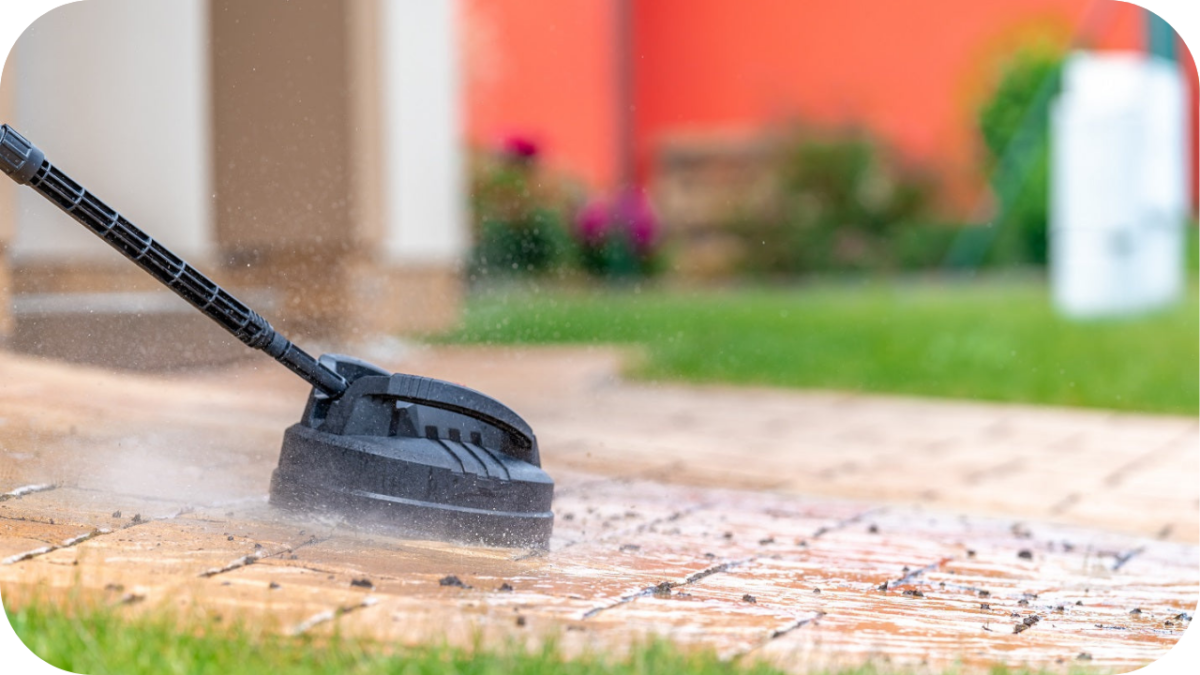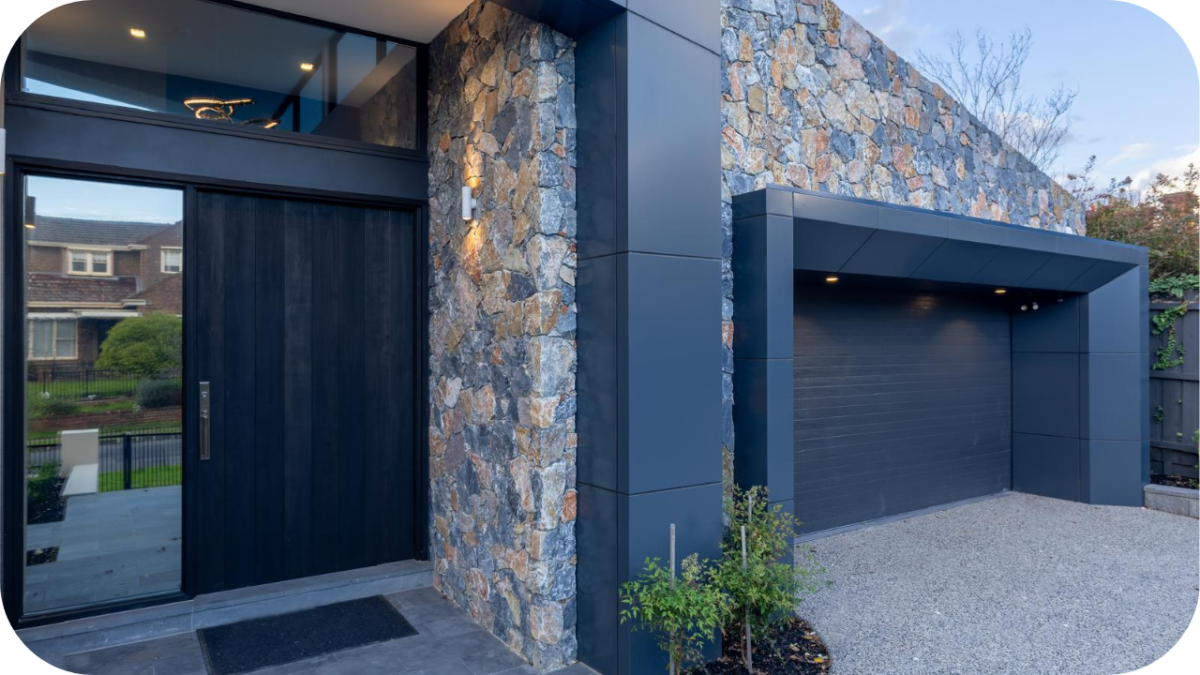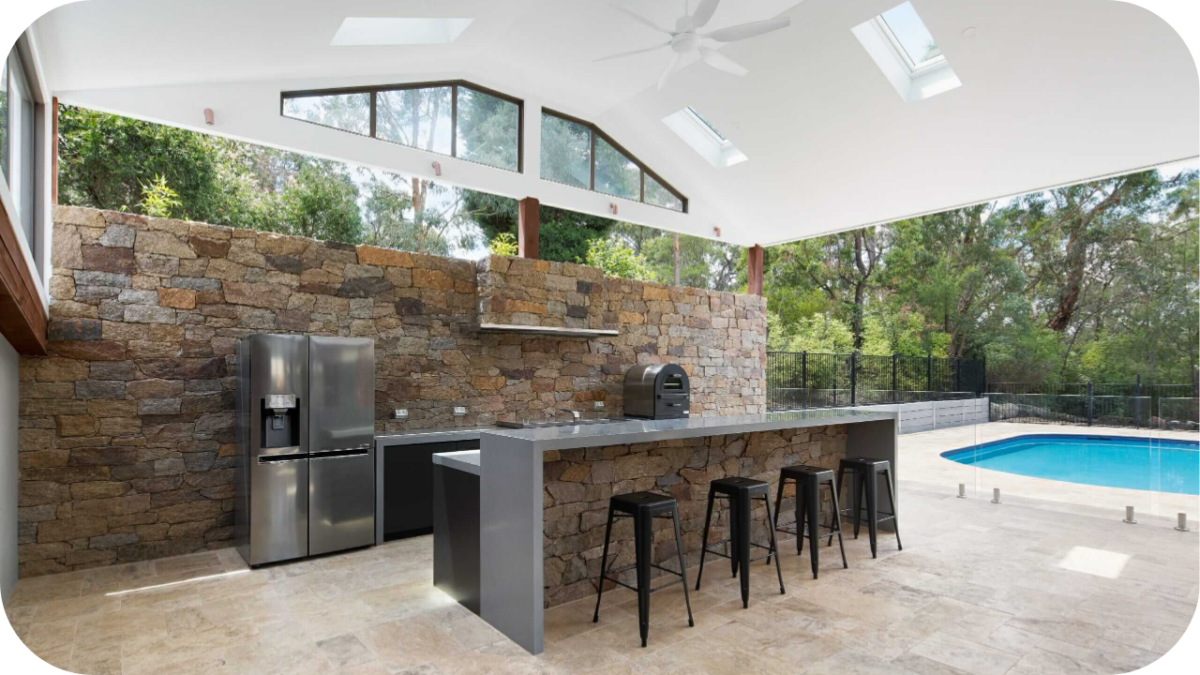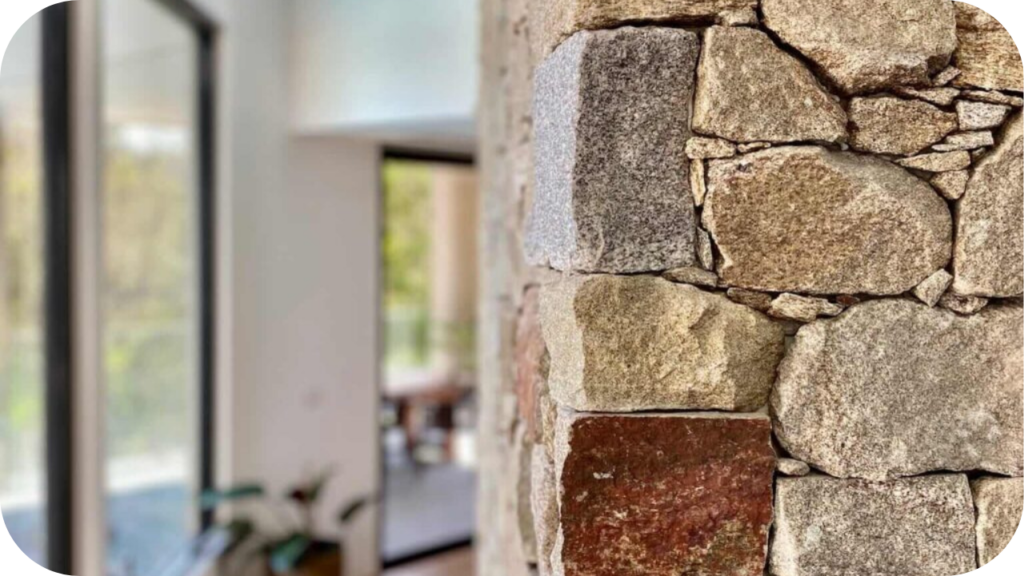How Does Charlotte Sandstone React to Different Cleaning and Maintenance Techniques?
Ever wondered if your cleaning routine is damaging your sandstone? Charlotte Sandstone, a stunning choice for Melbourne homes and outdoor spaces, demands special care—but not all cleaning methods are safe.
Some can weaken the stone, cause discolouration, or even make surfaces more slippery, posing a risk to your family’s safety. Are you unknowingly shortening the lifespan of your sandstone?
Before you reach for that pressure washer or chemical cleaner, let’s Take a closer look at the best—and worst—ways to maintain your sandstone without compromising durability or safety.
The Impact of Various Cleaning and Maintenance Methods on Charlotte Sandstone
Charlotte Sandstone, a popular choice for outdoor and indoor applications, is a porous and natural sedimentary stone that requires proper maintenance to retain its appearance and durability. Its reaction to various cleaning and maintenance techniques depends on the method and the products used.
1. Regular Brushing and Sweeping
Charlotte Sandstone benefits greatly from regular brushing and sweeping, as it prevents dirt buildup and surface wear. A soft-bristled brush or broom is ideal for loosening debris without scratching the surface.
Dry sweeping is effective for daily maintenance, particularly in high-traffic areas. Outdoor sandstone paving also requires occasional rinsing to remove fine dust. However, using stiff or metallic brushes can cause abrasions, affecting the stone’s texture.
While routine sweeping helps maintain its natural look, it does not remove deep stains or biological growth. Therefore, it should be combined with periodic wet cleaning for thorough upkeep.
Over time, excessive scrubbing can weaken the surface, so a balanced approach is necessary. A consistent sweeping routine prolongs the stone’s lifespan and minimises the need for harsher cleaning methods. Simple yet effective, this method ensures Charlotte Sandstone retains its natural beauty with minimal effort.
2. Water-Based Cleaning

Water-based cleaning is a safe method for maintaining Charlotte Sandstone, but excessive moisture can lead to staining and structural issues. A mild solution of warm water and pH-neutral soap effectively lifts dirt without damaging the stone. A damp mop or sponge should be used sparingly to prevent water from seeping into the porous surface.
For outdoor areas, a low-pressure hose can help rinse off accumulated grime. However, allowing water to pool on the surface can cause discolouration and moss growth. In humid conditions, excessive moisture retention can lead to mould, requiring more intensive cleaning.
Additionally, hard water can leave mineral streaks, making distilled water a better option for rinsing. While water is a gentle and effective cleaning agent, improper use can result in long-term damage. Drying the sandstone thoroughly after cleaning helps maintain its integrity, preventing unnecessary wear and tear over time.
3. Pressure Washing
Pressure washing is useful for deep cleaning Charlotte Sandstone, but excessive pressure can erode the stone’s surface. A setting below 1500 PSI is recommended to prevent pitting and degradation. Using a wide-angle nozzle distributes water evenly, avoiding damage from concentrated force. This method is particularly effective for removing dirt, moss, and algae from outdoor areas.
However, frequent pressure washing weakens the sandstone, making it prone to cracks. If the stone has been sealed, improper washing can strip away the protective layer, reducing its resistance to moisture. Ideally, pressure washing should be limited to occasional use, with gentler cleaning methods in between.
If stains persist after a light-pressure wash, a stone-safe cleaner should be used instead of increasing the pressure. While this method refreshes the sandstone’s appearance, improper handling can cause irreversible damage, making cautious application essential for long-term preservation.
4. Acid-Based Cleaners

Acid-based cleaners should never be used on Charlotte Sandstone, as they can cause irreversible damage. The stone’s calcium-rich composition reacts negatively to acidic substances, leading to etching and discolouration.
Common household acids such as vinegar, lemon juice, and hydrochloric acid-based cleaners can strip away the stone’s finish, leaving a rough and uneven surface. Instead, pH-neutral or alkaline-based stone cleaners are recommended for safe and effective cleaning. If an acidic cleaner is accidentally applied, rinsing the area immediately with clean water can help minimize damage.
For stubborn stains, a stone-safe poultice is a better alternative than harsh chemicals. Repeated exposure to acids weakens the stone, making it more susceptible to moisture penetration and deterioration. While acid-based cleaners may seem like a quick fix for tough stains, they significantly shorten the lifespan of Charlotte Sandstone, making proper product selection crucial for its preservation.
5. Algae and Moss Removal
Charlotte Sandstone is prone to algae and moss growth in damp or shaded environments, requiring careful removal to prevent long-term damage. A diluted bleach solution (one part bleach to five parts water) can effectively eliminate biological growth when applied with a soft brush.
Alternatively, hydrogen peroxide is a safer, non-chlorine-based option. After treatment, the stone should be thoroughly rinsed to remove any residue. Low-pressure washing can also assist in moss removal, but excessive force should be avoided. Preventative measures such as improving sunlight exposure and ensuring proper drainage help reduce future growth.
Sealing the stone with a moisture-resistant sealer further minimizes water absorption, making it less hospitable to algae. While some opt for vinegar as a natural cleaner, it should be avoided due to its acidic nature, which damages the stone. Regular inspections and early treatment ensure Charlotte Sandstone remains clean and structurally sound.
6. Sealing for Longevity

Sealing Charlotte Sandstone helps protect it from stains, moisture damage, and environmental wear. A penetrating sealer is the best option, as it absorbs into the stone without altering its appearance. This type of sealer allows the stone to breathe while providing a protective barrier against water and dirt.
In contrast, topical sealers create a visible film that may affect the stone’s texture and slip resistance. Sealing should be done every 12 to 24 months, depending on exposure conditions. Outdoor sandstone requires more frequent reapplication due to weathering. Before sealing, the stone must be thoroughly cleaned and dried to prevent trapping dirt or moisture.
While sealing improves resistance to staining and water absorption, it does not eliminate the need for regular maintenance. When combined with proper cleaning practices, sealing significantly extends the lifespan of Charlotte Sandstone, preserving its natural beauty and durability over time.
7. Stain Removal
Charlotte Sandstone is prone to staining, but different stains require specific treatment methods. Oil stains can be removed using a poultice made from baking soda and water, which draws out grease from the pores. Rust stains should be treated with stone-safe rust removers, as conventional products may contain acids that damage the surface.
Organic stains from leaves, bird droppings, or wine respond well to a solution of hydrogen peroxide and mild detergent. Scrubbing with abrasive materials should be avoided, as it can spread the stain deeper into the stone. If stains persist, professional-grade alkaline cleaners may be required.
Prompt cleaning of spills and regular maintenance help prevent deep-set stains. In severe cases, resurfacing or re-polishing may be necessary. By using the right stain removal techniques, Charlotte Sandstone retains its natural elegance while avoiding damage from improper cleaning methods.
Conclusion
Maintaining Charlotte Sandstone doesn’t have to be a challenge. With the right cleaning techniques and regular care, you can preserve its beauty and durability for years. Whether you need expert advice on stain removal, sealing, or choosing the best sandstone for your project,
Splendour in Stone is here to help. Visit Splendour in Stone today for premium-quality sandstone and expert guidance on keeping your surfaces in top condition. Elevate your space with the best in natural stone!









